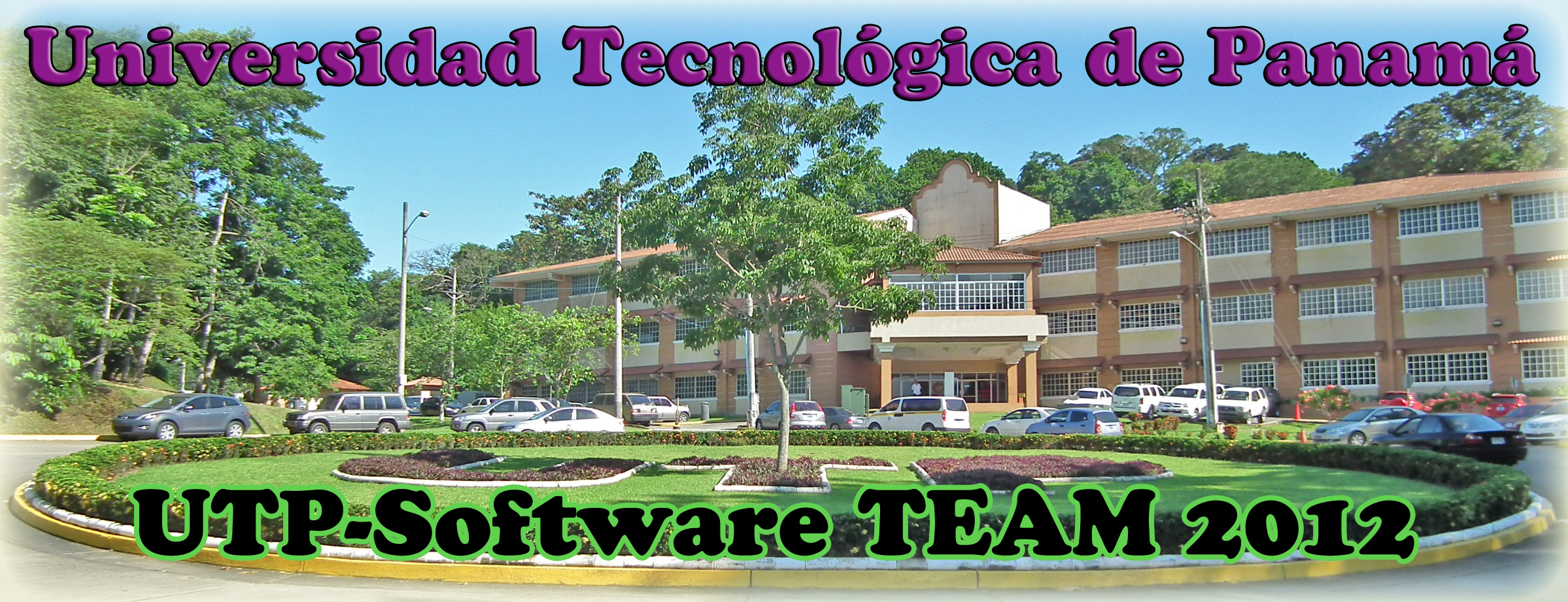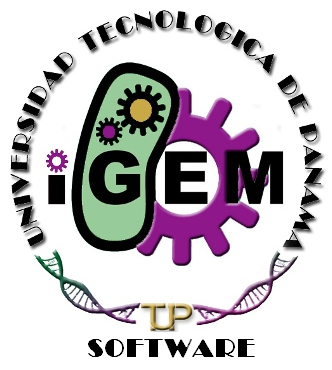Team:UTP-Software/SoftwareTool
From 2012.igem.org
(Difference between revisions)
(→Flow diagram for the S2MT) |
|||
| Line 16: | Line 16: | ||
In some cases, it’s impossible to fix some sequences, because based on the protocol, the output primer may not comply with the steps that are listed in the “Protocol Followed to design the primers” section. Meaning that another standard should be selected. </ul></div> | In some cases, it’s impossible to fix some sequences, because based on the protocol, the output primer may not comply with the steps that are listed in the “Protocol Followed to design the primers” section. Meaning that another standard should be selected. </ul></div> | ||
| - | ==== Flow diagram for the S<sup>2</sup>MT ==== | + | ==== Flow diagram for the S<sup>2</sup>MT - Primer Design Section ==== |
[[File:Flow diagram.png|center]] | [[File:Flow diagram.png|center]] | ||
| - | |||
==== Protocol Followed to design the primers:<sup>[http://web.physics.ucsb.edu/~deborah/pro/pro_pdf/Stratagene%20QuikChange.pdf]</sup> ==== | ==== Protocol Followed to design the primers:<sup>[http://web.physics.ucsb.edu/~deborah/pro/pro_pdf/Stratagene%20QuikChange.pdf]</sup> ==== | ||
Latest revision as of 03:47, 27 October 2012
| Home | Team & Attributions | Project | S2MT | Tutorial | Biosinergia | Notebook | Human Practices | Safety | Sponsors |
|---|
 "
"


